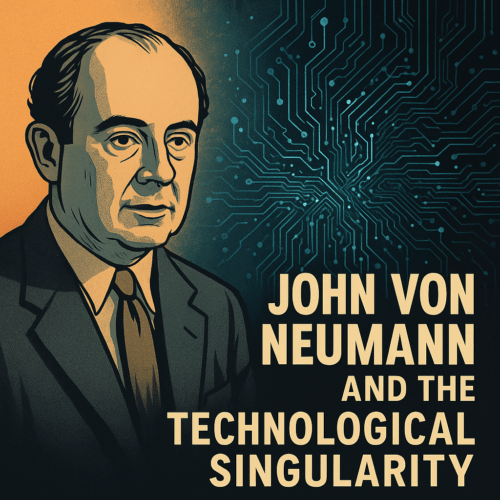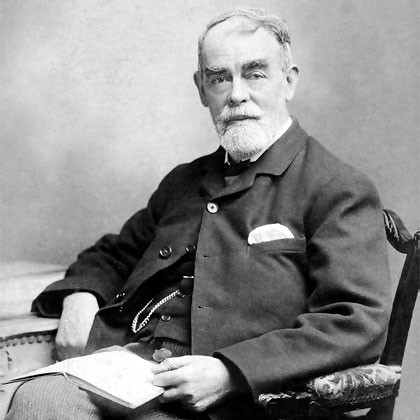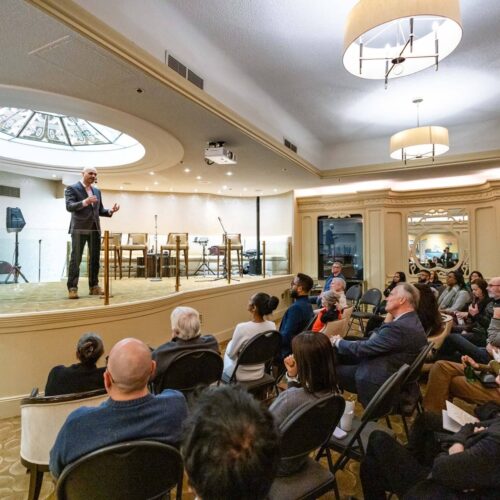Is Death Reversible? Is it the right time to find out?
 Death is defined as the termination of all biological functions that sustain a living organism.
Death is defined as the termination of all biological functions that sustain a living organism.
Brain death, the complete and irreversible loss of brain function (including involuntary activity necessary to sustain life) as defined in the 1968 report of the Ad Hoc Committee of the Harvard Medical School, is the legal definition of human death in most countries around the world.
Either directly through trauma, or indirectly through secondary disease indications, brain death is the final pathological state that over 60 million people globally transfer through each year.
We are repeatedly told through the medical establishment (as well as through popular culture, in recent public cases such as those surrounding Jahi McMath and Bobbi Kristina Brown) that brain death is “irreversible” and should be considered the end of the line.
Or is it?
Have we come to a technological point where we are able to “push the envelope” to see if this is truly the case?
While it is true that human beings lack substantial regenerative capabilities in the CNS, many non-human species, such as amphibians, planarians, and certain fish, can repair, regenerate and remodel substantial portions of their brain and brain stem even after critical life-threatening trauma.
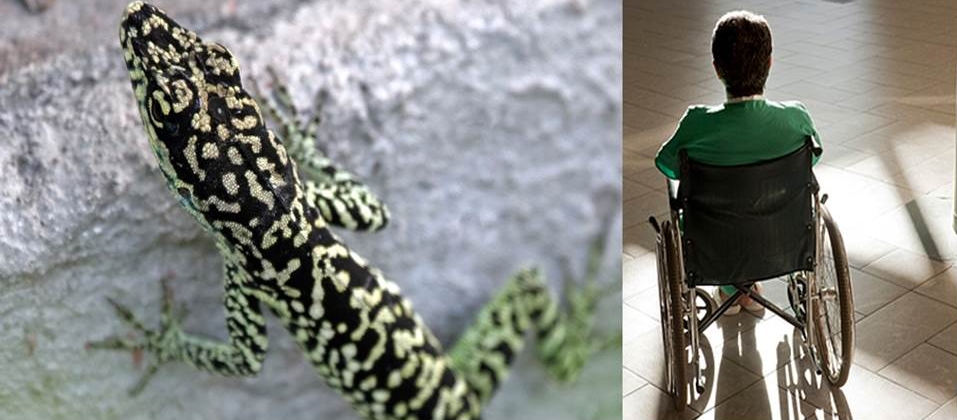
These epimorphic capabilities have been leveraged experimentally in past decades to perform complex brain transplantation in organisms such as salamanders, as well as to study the dynamics of memory storage.
Extensive study over the last century has shed a substantial amount of knowledge on the processes of epimorphic, intercalary regeneration and the unique and multi-mechanistic dynamics that are involved in re-starting a defined generative developmental pattern to specifically fill in missing or damaged tissues and organs in a living organism.
Additionally, recent studies on complex brain regeneration in organisms such as planaria, amphibians, and holomorphic insects, have highlighted unique findings in relation to the storage of memories following destruction of the entire brain, which may have wide ranging implications for our understanding of consciousness and the stability of memory persistence. Investigations into the areas of biologic information processing in aneural organisms, non-neural human tissues, and single cell organisms that form multi-cellular structures, add to a fascinating portfolio of questions, and potentially challenge the notion of the brain as the sole repository of long-term encoded information.
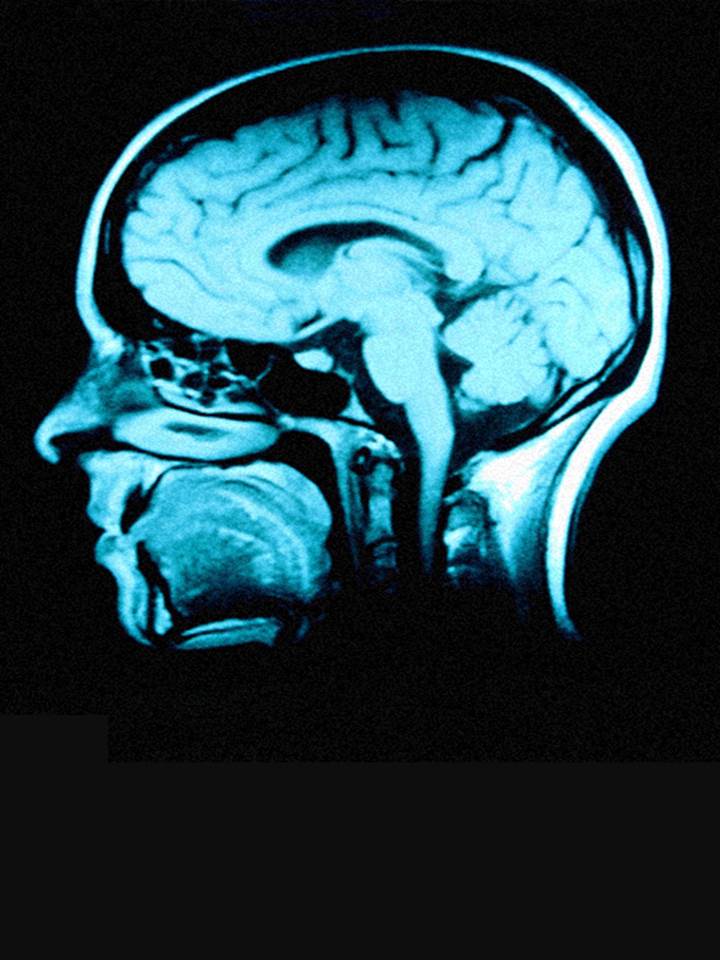 Despite the label of irreversibility associated with the 1968 Harvard Ad Hoc Committee definition, there are several documented cases in the literature of potential brain death reversal, primarily associated with younger subjects whose CNS maintained some degree of underlying neuroplasticity.
Despite the label of irreversibility associated with the 1968 Harvard Ad Hoc Committee definition, there are several documented cases in the literature of potential brain death reversal, primarily associated with younger subjects whose CNS maintained some degree of underlying neuroplasticity.
As most thought leaders in the space acknowledge that residual “nests” of neuronal activity and residual blood flow do indeed exist in the recently diagnosed brain dead, it makes sense that such transitions are theoretically possible with the right neuro-regeneration and remodeling tools.
Additionally, it is widely acknowledged that supported brain dead subjects can continue to maintain their own circulation, digestion, food metabolism, excretion, hormonal balance, growth, sexual maturation, fetus gestation, wound healing, and spike a fever.
We don’t think much about it any more, but the first cardiac defibrillation, mechanical pulmonary respiration, and complex organ transplants, all made their public debuts around a century ago.
So here we sit in 2016, at a very unique moment in scientific history where the convergence of the tools of regenerative biotechnology, resuscitation / reanimation research, and clinical neuroscience have placed us on the verge of being to answer some unique, profound, and controversial questions.
The question is do we take the next steps?
I believe we should.
My name is Ira S. Pastor – CEO of Bioquark Inc.
References:
Brain Death: A Reappraisal – Springer 2007th Edition – C. Machado – ISBN-10: 038738975X – ISBN-13: 978-0387389752
A Definition of Irreversible Coma – Report of the Ad Hoc Committee of the Harvard Medical School to Examine the Definition of Brain Death – JAMA. 1968; 205(6):337-340. doi:10.1001/jama.1968.03140320031009.
When ‘life support’ is really ‘death support’. – Landau, Elizabeth – CNN. – http://www.cnn.com/2013/12/28/health/life-support-ethics/
Bobbi Kristina Brown is ‘not brain dead’. – Oldenburg, Ann – USA Today. – http://www.usatoday.com/story/life/people/2015/02/05/bobbi-kristina-brown-not-brain-dead/22928581/
Brain regeneration in anuran amphibians – Tetsuya Endo, Jun Yoshino, Koji Kado and Shin Tochinai – Department of Natural History Sciences, Faculty of Science, Hokkaido University, N10W8, Kita-ku, Sapporo 060-0810, Japan – Develop. Growth Differ. (2007) 49, 121–129 doi: 10.1111/j.1440-169x.2007.00914.x
Adult Neurogenesis and Brain Regeneration in Zebrafish – Caghan Kizil, Jan Kaslin, Volker Kroehne, Michael Brand – DFG-Center for Regenerative Therapies Dresden, Cluster of Excellence (CRTD), and Biotechnology Center (Biotec), Technische Universita t Dresden, Tatzberg 47/49, 01307, Dresden, Germany – Dev Neurobiol. 2012 Mar;72(3):429-61. doi: 10.1002/dneu.20918.
Brain transplantation in salamanders: an approach to memory transfer. – Pietsch P, Schneider CW. – Biochemical Research Laboratory, Dow Chemical Company, Midland, Mich. 48460 U.S.A. – Brain Res. 1969 Aug;14(3):707-15.
Shuffle Brain: The Quest for the Holgramic Mind Hardcover – March 27, 1981 – Houghton Mifflin; First Edition (March 27, 1981) – ISBN-10: 0395294800 – ISBN-13: 978-0395294802
Looking Proximally and Distally: 100 Years of Limb Regeneration and Beyond -David L. Stocum and Jo Ann Cameron – Department of Biology and Indiana University Center, 723 W. Michigan St., Indianapolis, IN 46202. – Developmental Dynamics 240:943–968, 2011 – DOI 10.1002/dvdy.22553
The stability of memories during brain remodeling: A perspective – Douglas J Blackiston, Tal Shomrat & Michael Levin (2015) – Communicative & Integrative Biology, 8:5, e1073424, DOI: 10.1080/19420889.2015.1073424
An automated training paradigm reveals long-term memory in planarians and its persistence through head regeneration – Tal Shomrat, Michael Levin – Journal of Experimental Biology 2013 216: 3799-3810; doi: 10.1242/jeb.087809
A 10-month-old infant with reversible findings of brain death – Joffe AR, Kolski H, Duff J, deCaen AR. – Pediatr Neurol. 2009 Nov;41(5):378-82. doi: 10.1016/j.pediatrneurol.2009.05.007.
Spontaneous in utero recovery of a fetus in a brain death-like state – Ueda K, Ikeda T, Katsuragi S, Parer JT. – J Obstet Gynaecol Res. 2010 Apr;36(2):393-6. doi: 10.1111/j.1447-0756.2009.01141.x.
Return of EEG activity after electrocerebral silence: two case reports – Joseph B. Green, Andre Lauber – J Neurol Neurosurg Psychiatry 1972;35:103-107 doi:10.1136/jnnp.35.1.103
Return of spontaneous respiration in an infant who fulfilled current criteria to determine brain death – Okamoto K, Sugimoto T. – Pediatrics. 1995 Sep; 96 (3 Pt 1):518-20.
How much of the brain must die in brain death? – Bernat JL. – J Clin Ethics. 1992 Spring;3(1):21-6; discussion 27-8.
Are Brain Dead Patients Really Dead? – John D Banja – Department of Rehabilitation Medicine, Emory University, and the Center for Ethics, Atlanta, Georgia 30322, USA. – The Journal of head trauma rehabilitation – 03/2009; 24(2):141-4. DOI: 10.1097/HTR.0b013e3181a2858d
About the Author:
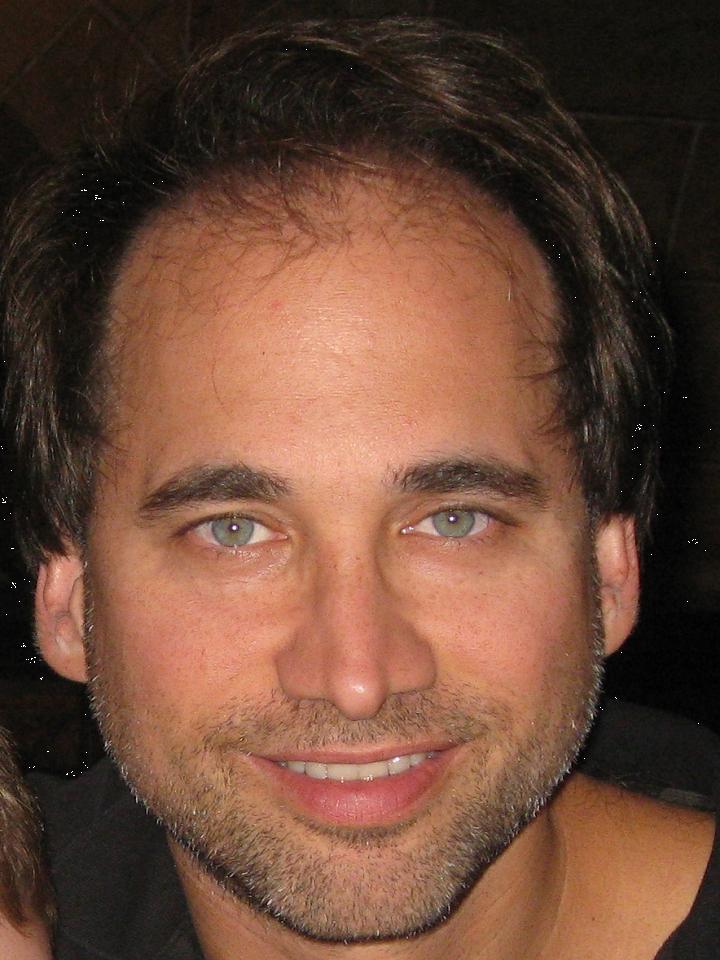 Ira S. Pastor is the Chief Executive Officer of Bioquark Inc., an innovative life sciences company focusing on developing novel biologic solutions for human regeneration, repair, and rejuvenation. He has 30 years of experience across multiple sectors of the pharmaceutical industry including pharmaceutical commercialization, biotech drug development, managed care, distribution, OTC, and retail. Mr. Pastor has served as VP, Business Development for drug development company Phytomedics Inc., in sales, marketing, and business strategy positions at SmithKline Beecham Pharmaceuticals, and as Vice President of Corporate Development for the pharmacy benefit management company Prescription Delivery Systems (acquired by Cigna Health Insurance). Mr. Pastor has an MBA from Temple University and a BS in Pharmacy form Rutgers University.
Ira S. Pastor is the Chief Executive Officer of Bioquark Inc., an innovative life sciences company focusing on developing novel biologic solutions for human regeneration, repair, and rejuvenation. He has 30 years of experience across multiple sectors of the pharmaceutical industry including pharmaceutical commercialization, biotech drug development, managed care, distribution, OTC, and retail. Mr. Pastor has served as VP, Business Development for drug development company Phytomedics Inc., in sales, marketing, and business strategy positions at SmithKline Beecham Pharmaceuticals, and as Vice President of Corporate Development for the pharmacy benefit management company Prescription Delivery Systems (acquired by Cigna Health Insurance). Mr. Pastor has an MBA from Temple University and a BS in Pharmacy form Rutgers University.
Related articles
- What Is Life? Is Death Real?
- Death to Death! [I Won’t Go Gentle Into That Good Night!]
- If Death Is Natural Then Why Are Some Immortal?
- Death is Not Destiny: A Glimpse into The Transhumanist Wager
- Cryonics: A Glass-state Time Travel
- Until: Who wants to live for ever? [A Short Doc]
- Dr. Michael Fratkin on Life, Death and Palliative Care

